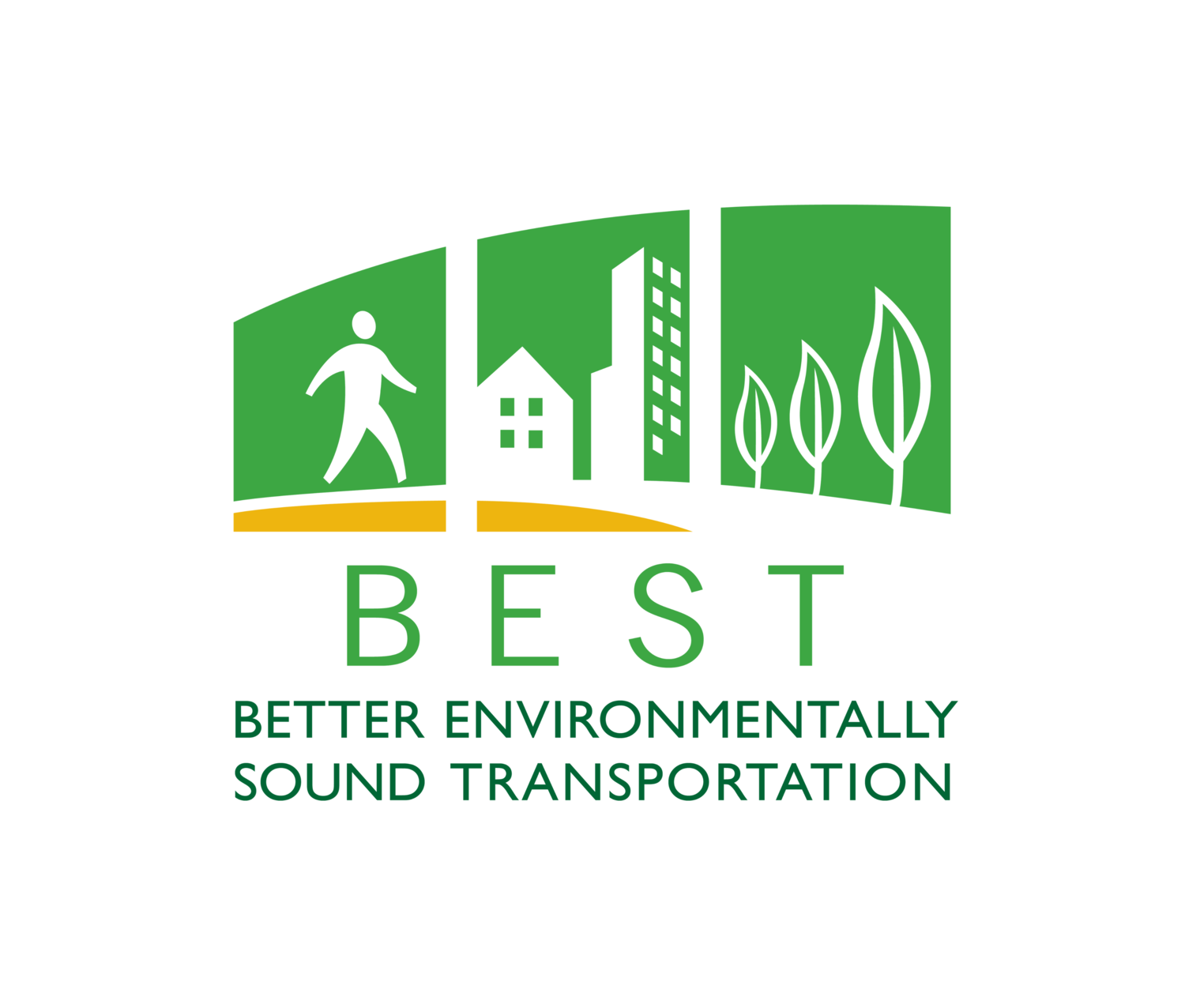Walk30 Week 3 Theme: Inclusion and Accessibility
Welcome to week 3 of the Walk30 Challenge! We hope you enjoyed walking with your friends, family, neighbours, or colleagues last week. This week’s theme is all about inclusion and accessibility.
What is accessibility, and what does it have to do with inclusion?
Universal accessibility can be defined as the conditions for easy access that would allow any individual (even those whose mobility, communicative ability, or understanding is reduced) to access and enjoy a place, product, or service, and to do so freely and independently. Accessibility involves social transformation; a reconfiguration of an environment eagerly seeking change, as well as new actions and strategies.
Accessibility in cities can take many forms, such as: sidewalk curb ramps, audible street crossing signals, wheelchair ramps, automatic doors, and much, much more.
Accessibility is independence! Every citizen has the right to be an active member of society and participate in the decisions that affect their lives, and that includes getting around. Accessibility ensures that everyone is included and prevents discrimination; without it, people with disabilities are at a disadvantage with respect to those without.
Why is this important?
Because one in five (22%) of the Canadian population aged 15 years and over – or about 6.2 million individuals – has one or more disabilities. The prevalence of disabilities (whether it be physical, sensory, cognitive, or mental health-related) among Canadians is more common than we may realize. Whether you have a disability that limits your mobility or not, chances are you may know someone who does.
Canada is also experiencing an aging population with 25% of those in BC being 65+ in less than 10 years, and many of us will need and want alternatives to driving to be able to get around once we can no longer safely drive ourselves. Building our cities and transportation infrastructure in a way that ensures everyone can get to where they need to go regardless of their ability is key to inclusion.
Should accessibility only matter if you have a disability?
Absolutely not! We can all benefit from better accessibility, even if we are able-bodied. Ensuring that spaces are accessible to everyone opens up new avenues for friendships and connections with people of all abilities and backgrounds. Recall our Week 2 theme of community connectedness and mental health - establishing and maintaining connections to others is so important for our wellbeing. When we connect with others, we build stronger and happier communities! Accessibility makes it possible for everyone to take part in society and make those important connections.
We will all age some day and may require modifications to our mobility habits. We might have to give up driving with age, or begin to struggle going up stairs, or have a hard time walking on sidewalks without curb cuts. Maybe we’ll break a foot and require crutches temporarily. We don’t always have to wait until we age or have a physical disability to use accessibility features, though! People with small children using strollers can also benefit, for example. Ensuring that our cities are accessible to everyone, regardless of ability, age, and what mobility aids they may use, means everyone can continue to get around independently and safely.
How are streets becoming more accessible to pedestrians?
A complete and accessible sidewalk network is crucial to ensuring that people are able to safely get around the city without a vehicle. In addition to connecting people to their neighbourhoods, the transit system, and to businesses, sidewalks promote and facilitate active transportation which supports public health and climate action. The City of Burnaby is building dozens of new sidewalks as part of the New Sidewalks Program (2021-2022) in recognition of the important role of sidewalks! The plan aims to build more than 20 kilometres of new and improved sidewalks each year to encourage Burnaby residents of all ages and abilities to increase their daily walking and rolling, and to make it safe to do so. Priority for sidewalk construction was given to streets near transit, schools, parks, and seniors’ housing and community centres.
Noticing accessibility in your neighbourhood
Next time you go for a walk, take note of the accessibility features you may come across, or the lack of.
Take note of things that may make mobility challenging:
Sidewalks - are they “incomplete,” meaning they stop and start along the street, causing pedestrians to have to share the road with cars?
Rocks and pebbles - would you be able to use a rolling mobility aid on a bumpy road?
Cracks in the sidewalk - could they be dangerous if using a mobility aid or having limited mobility?
Crosswalks - are the crossing buttons audible? Are there clear markings for pedestrians?
Foliage - are plants and trees spilling onto the sidewalk, making it difficult to pass by without having to walk on the street?
Take note of things that make mobility easier:
Podotactile sidewalks - do you notice any raised sidewalks with “bumpy” surfaces while out walking?
Wide sidewalks - can they be used comfortably with a mobility device?
Street lighting - can you see where you are going at night?
Ramps - are there ramps where there are stairs, ensuring those who cannot use stairs can still access a space?
Public benches and resting places - do you have somewhere to comfortably rest if you need it?
Once you start thinking about accessibility, you will start noticing it (or its absence) everywhere! This week, we encourage you to be mindful when you go for your daily walks and pay attention to how you, or others who may get around differently than you, may access the space.
What do you think makes transportation infrastructure accessible? What do you think makes it difficult to get around, especially for those who have mobility challenges? Let us know on Twitter or Instagram, and send us your photos!






